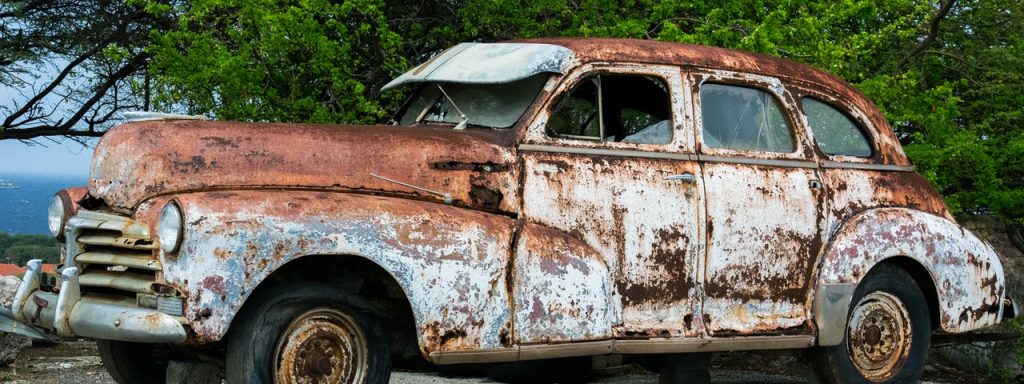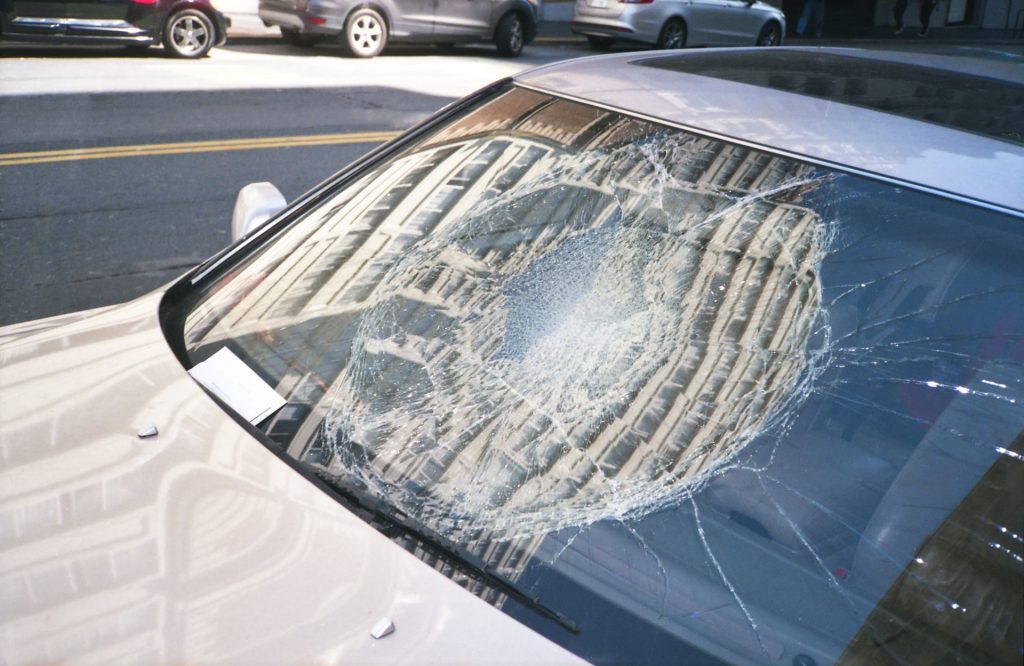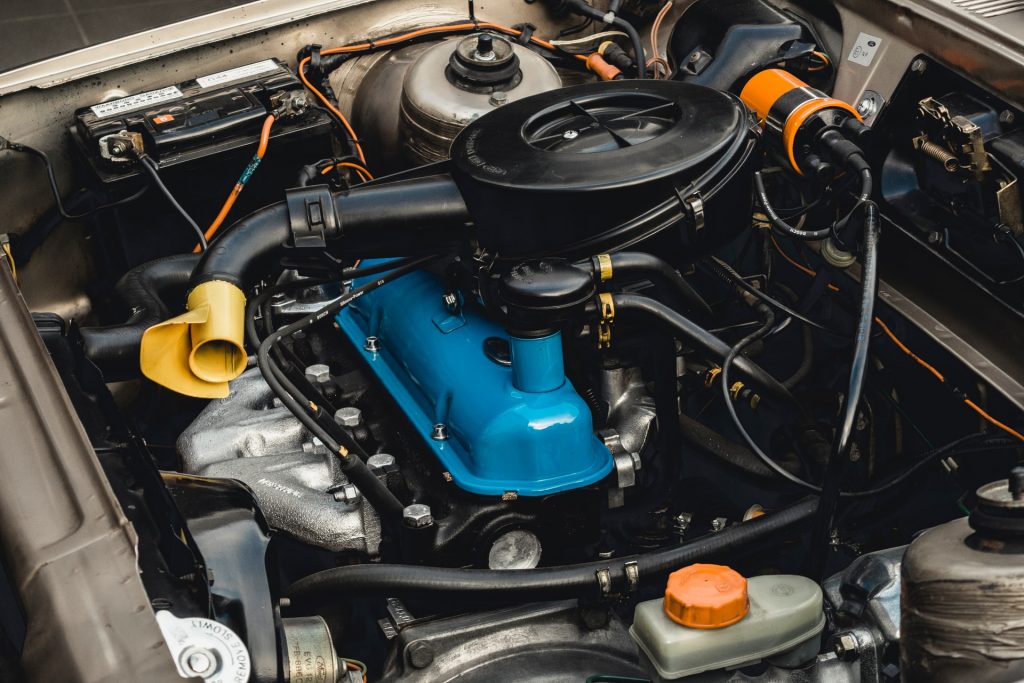Cat A, B, S and N, and what they mean
If you have decided to purchase a used vehicle, you may come across the terms ‘Cat A, Cat B, Cat S, or Cat N’ within the description for the car. If you are not a car person, you may find yourself just glancing over these as if they are just a feature of the vehicle that you could care less about. This is not the case however, and these categories are actually essential descriptors that are advising you if an insurer has written off the car in the past!
Writing off a car is a term that insurers may use when a car is so severely damaged that it is beyond repair and no longer safe to drive. It can either be because of such intense damage (such as a fire, or being crushed), or because the costs of the repair would be more than what the car is actually worth in the first place. Because of this, low-value vehicles could actually fall under the category of being a write off, even when the damage may appear to be minimal. If the predicted costs of repair are predicted to be 60% of the vehicles entire value, an insurance company will deem it ‘beyond economical repair’ (BER), and assign Cat A, B, S or N, depending on the severity of the damage. To make your life that little bit easier, we’ve broken down each category that is easy to interpret, with no car jargon to distract or confuse you!
Cat A (scrap)
If a vehicle has a category A registration, this means that it is not even worth being broken down into parts, and the entire vehicle should be scrapped. This category is for worst case scenario damages, such as fire, or an extremely significant collision. You are not allowed to sell any component of a vehicle with a category A rating, not even a custom made gear knob. Unless you plan on destroying the vehicle yourself, this category should be ignored entirely. When a vehicle is classified as category A, it should be sent to be scrapped, and a certificate of destruction will be issued.

Cat B (break)
If a vehicle has a category B registration, this means that the vehicle is written off, but certain components of it can be broken down and sold for parts.This is the category that you will be interested in if you are looking to rebuild another vehicle, or if you only plan on using parts. Category B cars will not be road-worthy, and can not be driven again, so you want to avoid this category completely if you are in the market for a vehicle that you can actually drive!

Cat S (structurally damaged, but repairable)
Category S was developed following the 2017 ABI review, so it is still a relatively new category to familiarise yourself with. Vehicles in Cat S have technically been written off, but are potentially salvageable, because they are structurally damaged, but repairable. The kind of damage in this category will be along the lines of suspension or chassis. Chances are that the repair work will be a lot more expensive than what the vehicle itself is actually worth once you’ve paid for the car and repairs, so it’s another category to avoid if you’re wanting to drive away on the day with no more hidden costs. Even though the car can be repaired, it needs to be re-registered, and will always carry the Cat S label, which could cause some issues if you look at selling it yourself in the future. Because the category was only instated in 2017, vehicles that were damaged prior to 2017 may not be carrying this label. You should always consider getting a professional to look over any vehicle before you purchase, to make sure that there are no hidden concerns that will leave you out of pocket.

Cat N (non-structural damage)
Category N vehicles are the ones that have had non-structural damage, and can be repaired and road-worthy again, without having to be re-registered or inspected. A lot of damage can be classified as non-structural, and can include parts of the vehicle such as the bumper, roof panel, engine, seats etc. Even though this category could be seen as hosting the vehicles with the least amount of damage, it still pays to have a professional look at the vehicle prior to you purchasing, as once again, the hidden costs could exceed the value of the car.
One of the most important things to remember when it comes to buying a car, is to ask as many questions as you can about the history of the vehicle. It’s worth being thorough and pedantic at the beginning, rather than having to fork out an unknown amount of costs after the car is already in your name.



